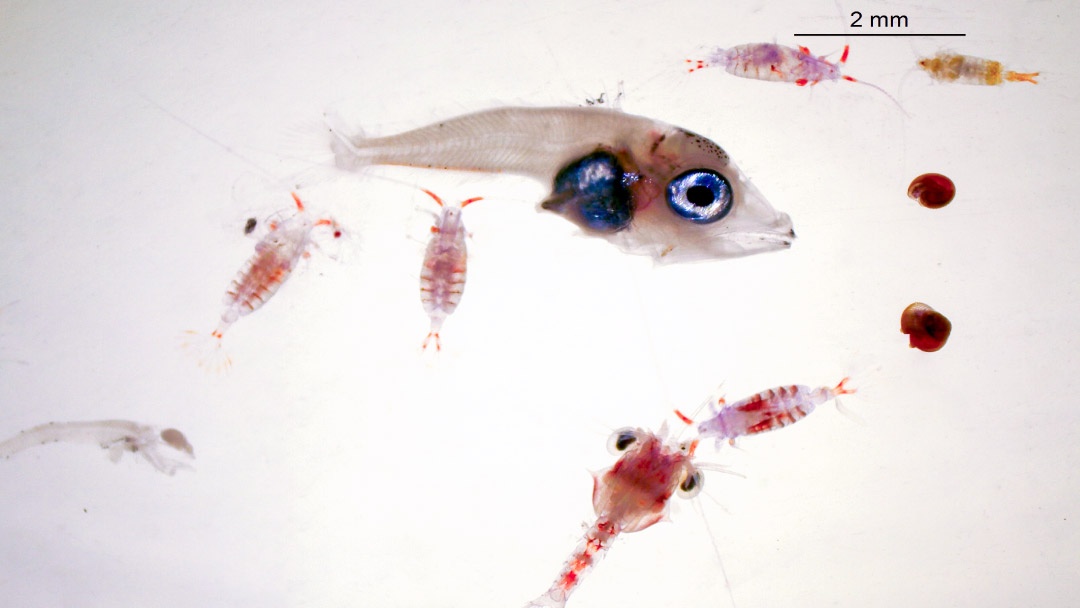 © Mar Santandreu. Centro Oceanográfico de Baleares (IEO-CSIC)
© Mar Santandreu. Centro Oceanográfico de Baleares (IEO-CSIC)
The diet of Atlantic bluefin tuna (Thunnus thynnus) larvae relies on tiny planktonic organisms such as nauplii, copepods and cladocerans. Although these preys are scarce in the warm, nutrient-poor waters of the western Mediterranean, their high energy content enables larvae to meet their metabolic demands and achieve successful growth.
This is the central finding of a new study led by the Balearic Oceanographic Centre of the Spanish Institute of Oceanography (IEO-CSIC), in collaboration with the Universities of Bergen and Oslo.
The Mediterranean Sea is characterised by low surface productivity, especially in summer, when high temperatures reduce food availability for marine larvae. Despite this limitation, bluefin tuna continues to reproduce successfully in the region.
Using a bioenergetic model that integrated data on larval metabolism, water temperature and prey abundance, the researchers assessed whether growth is possible under different environmental conditions.
The results show that even in areas with limited food availability, larvae can maintain optimal growth rates by incorporating high-energy prey into their diet. However, the study also identified a critical temperature threshold of around 28 ºC. Above this point, larvae are unable to balance their accelerated metabolic needs with the food available, which could pose serious challenges under future climate change scenarios.
Patricia Reglero, scientist at the Balearic Oceanographic Centre and first author, explained that this study “not only helps to better understand the factors that determine the success of larval survival, but also makes it possible to understand how marine heatwaves can affect bluefin tuna spawning grounds.”
Implications for Aquaculture
The knowledge gained from this research can directly support the management of bluefin tuna hatcheries. It can be applied to optimise feeding strategies and improve larval rearing conditions, for example by adjusting feeding protocols to focus on the most energy-rich prey types and ensuring the availability of copepods and cladocerans during the earliest stages, when nutritional demands are critical.
The findings can also help anticipate risks in hatchery production by defining the temperature thresholds beyond which larval survival and growth are compromised. In particular, the study identifies 28 ºC as a critical limit for larval growth, underlining the importance of careful temperature management in rearing facilities.
Reference: Reglero, P., Tugores, M.P., Titelman, J., Santandreu, M., Martin, M., Balbín, R., Álvarez-Berastegui, D., Torres, A.P., Calcina, N., Leyva, L., Fiksen, Ø., 2025. Bluefin tuna (Thunnus thynnus) larvae exploit rare food sources to break food limitations in their warm oligotrophic environment. Journal of Plankton Research, Volumen 47, Número 2, marzo/abril 2025, fbaf006. https://doi.org/10.1093/plankt/fbaf006


